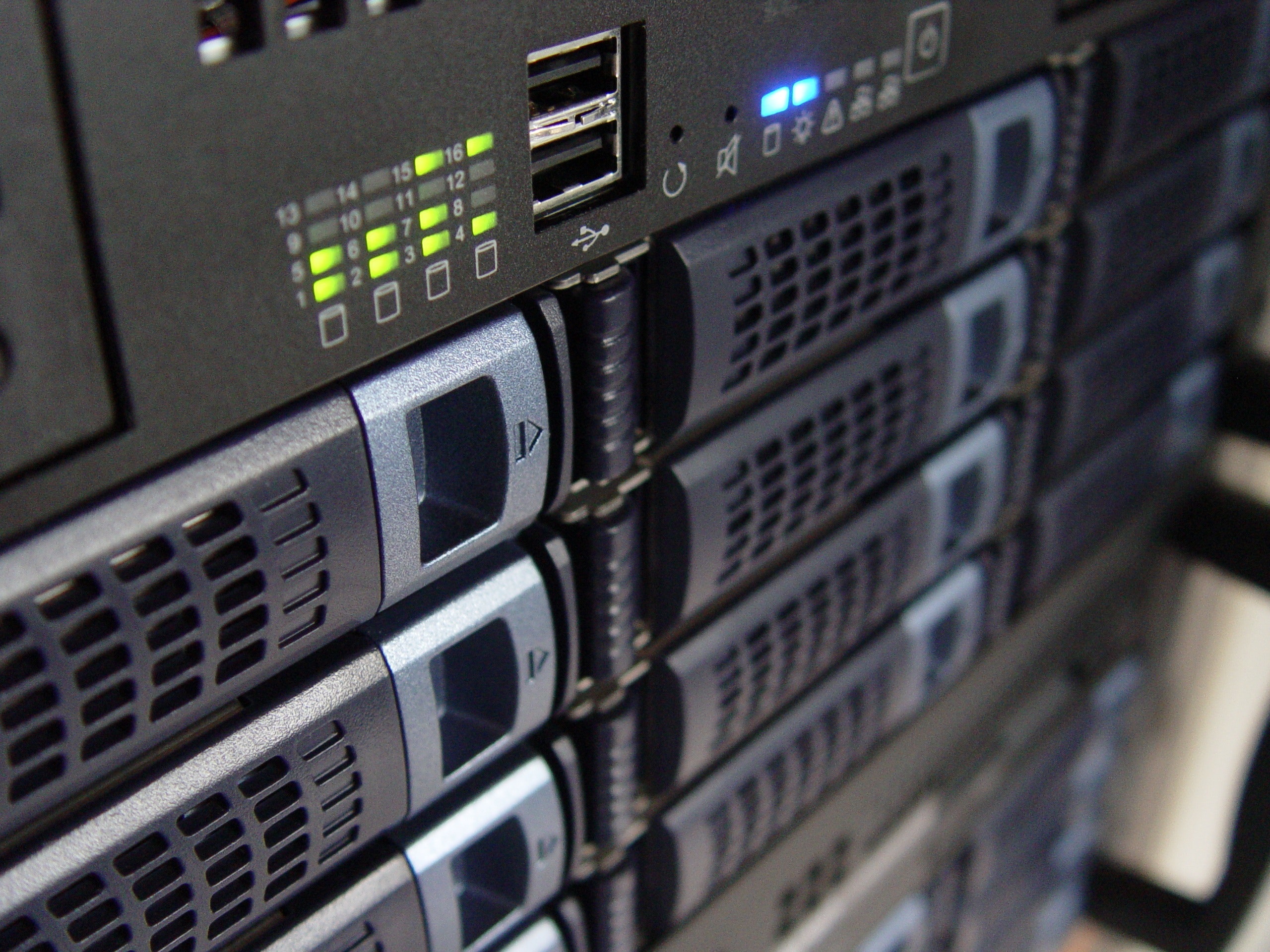Last month, we discussed Computer Security
This time: The latest in backup technology and services offered by companies like Datto.
Find more on Blog at GrundigIT.com
As Always, Happy Computing!
— Tom Grundig

Network-driven Local and Cloud Backup Technology with Virtualization
Network driven backups have been a thing for a while now, but a new wave has hit in the recent years. We feel we should discuss the differences between devices of the past, and the new age that has been passed around. A “Network Driven” backup as we’re calling them for this article involves a few things. It is a local backup, very similar to an external hard drive you might find for your home or work PC.
However, it is not using USB to connect like your other backup technology. Instead this is a network device; it gets assigned an IP address and exists as any other computer or server would on the network. Complete with its own interface (usually presented via web browser), you are able to configure this device to backup multiple machines and share the contents with any machine on the network.
So how does a network driven device like this work? What is its intended purpose?
Generally, we would use a device like this to backup on or more servers on a local-area network. Even if those machines were in a stored area where we couldn’t place the drive, we would still be able to have this backup solution. Because this is a networked device, it can be added in any area where network access is available. This flexibility is great when it comes to backing up multiple machines, as we can back them up regardless of location.
On the question of how it works, it will virtualize the environment, both to the local backup as well as to the cloud. This gives us several layers of protection in case of a disaster. The backup device virtualizes a down server onsite in case the server fails. In case of an outage affecting the entire location, virtualization happens in the cloud, which is great in case of fire, flood or other disasters.
How reliable is it? Would it just be better to use a normal external?
These network devices tend to be just as if not more reliable than their USB counterparts. Part of this is due to the fact that they are able to use RAID Arrays more effectively. This means that there are multiple drives sharing the same information in them. This way, if one of the drives happens to go down, the other would still contain the data. This means that we can still recover the data, and be able to replace the bad drive to save some headache.
Overall, we believe that these devices should be considered by any business that utilize one or more servers. We’re currently testing them on our own network and are looking to roll them out to some Grundig IT clients in the next few months. The product we have been using the Datto (datto) It is easy to set up, navigate and maintain. The support by Datto is excellent, too.
